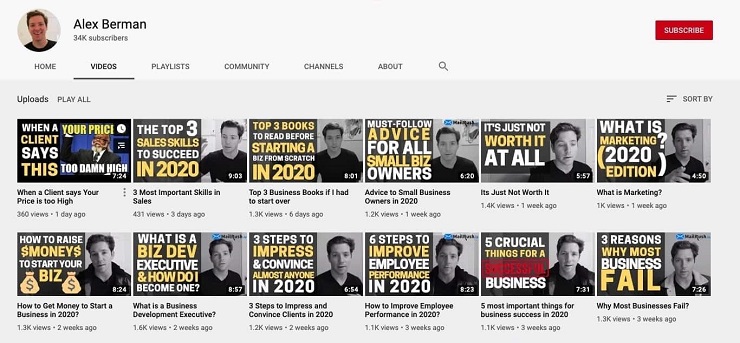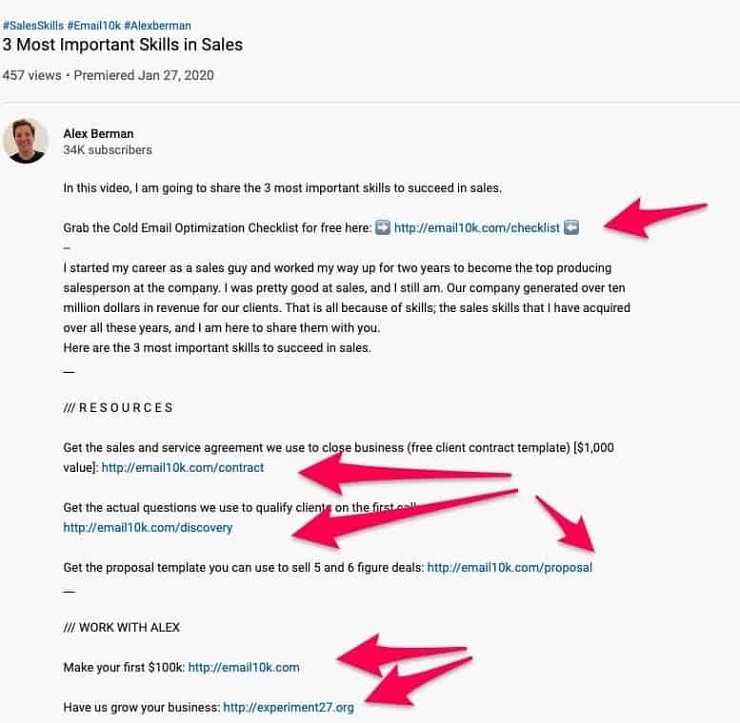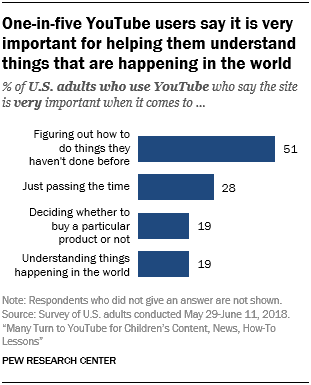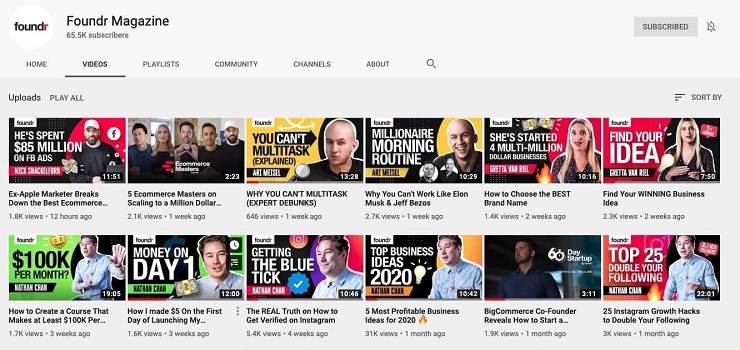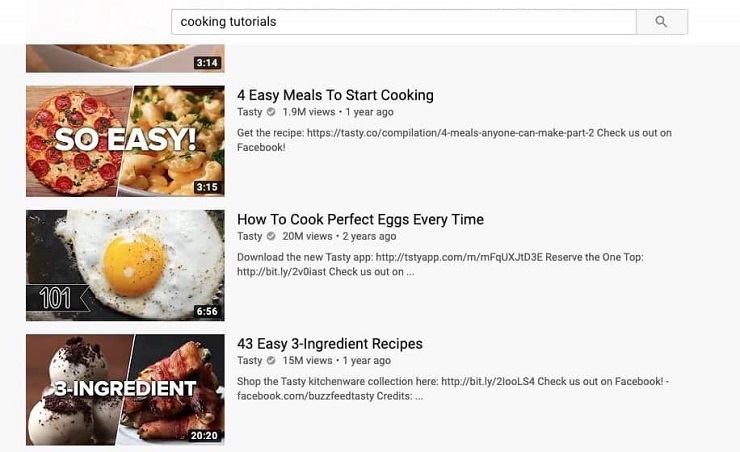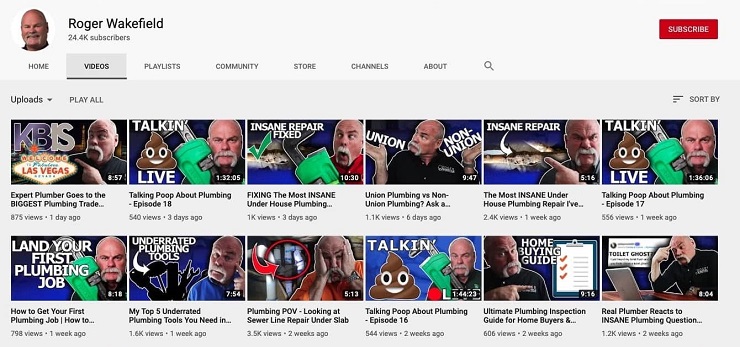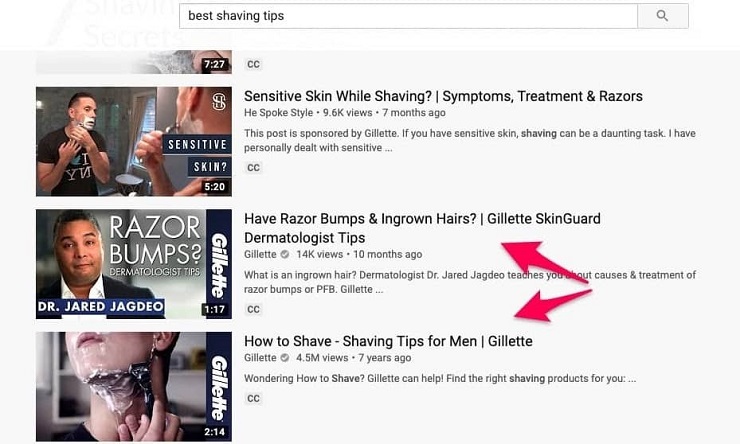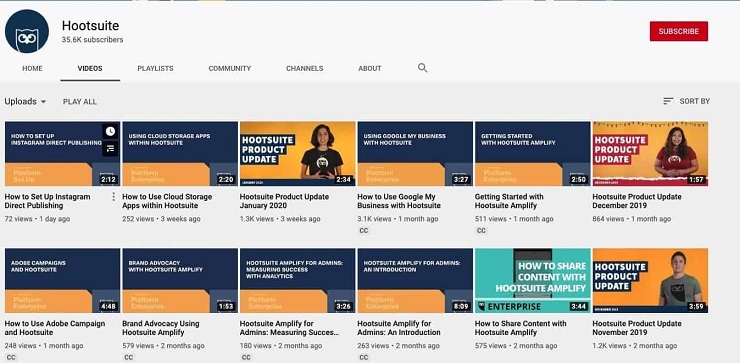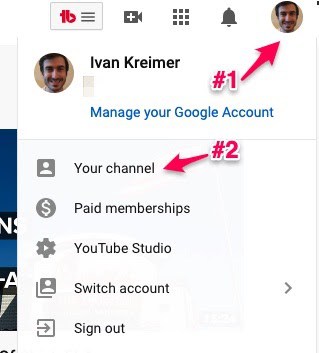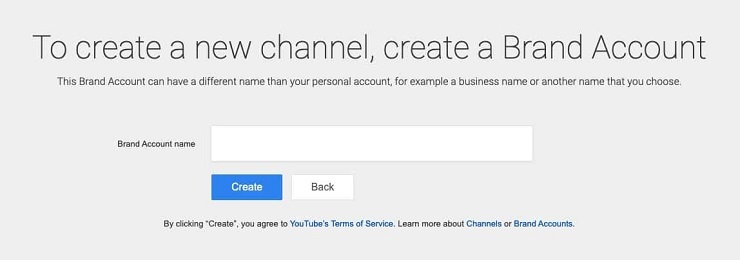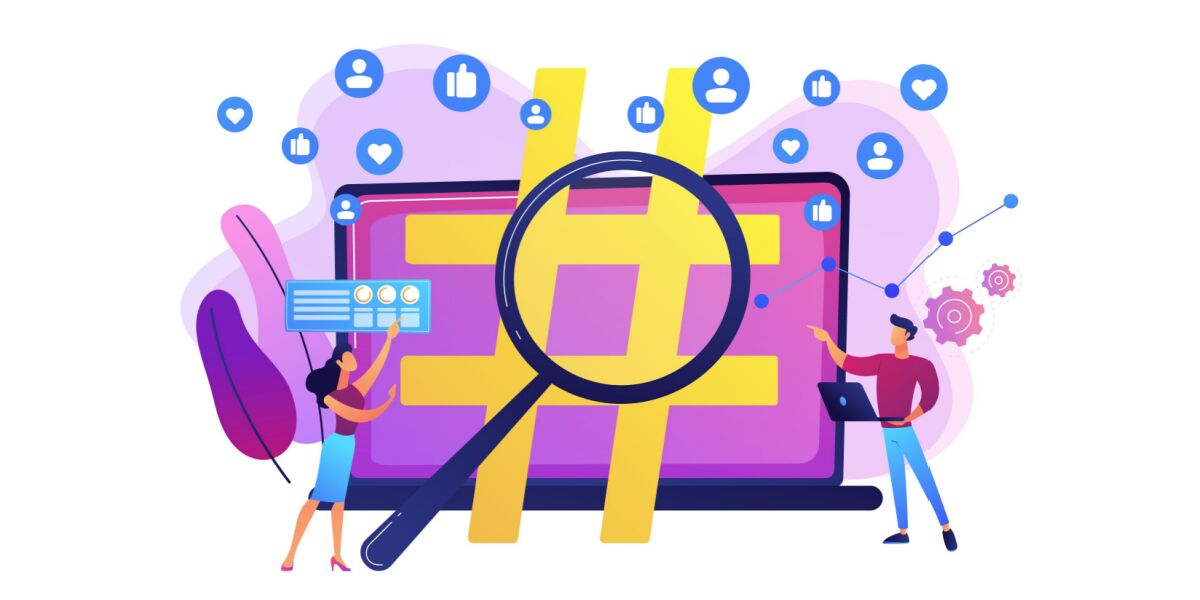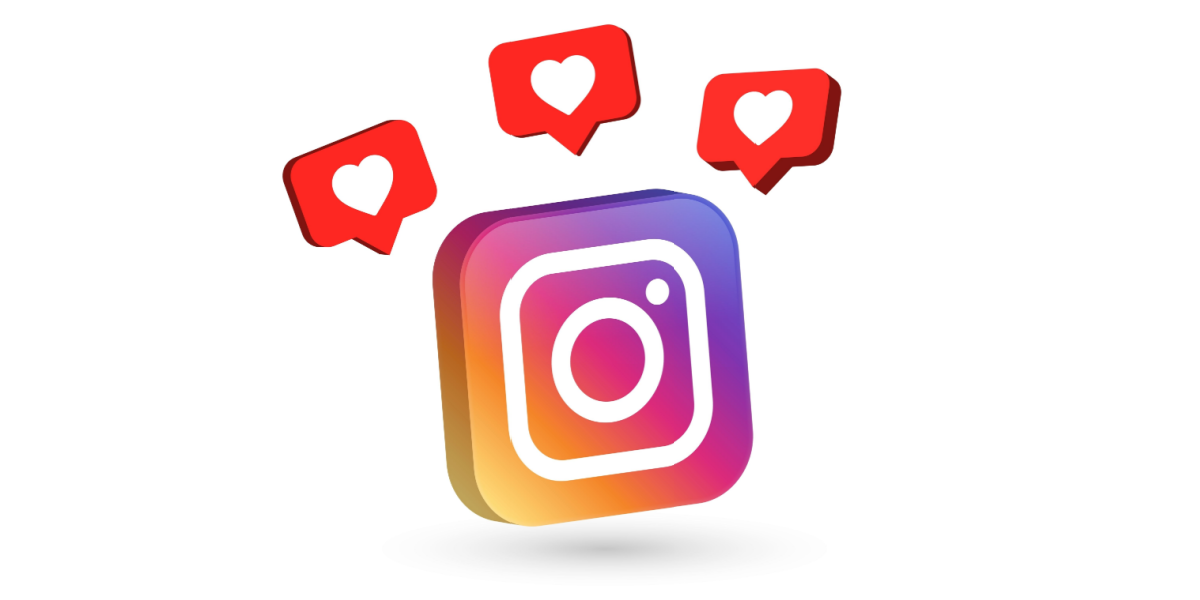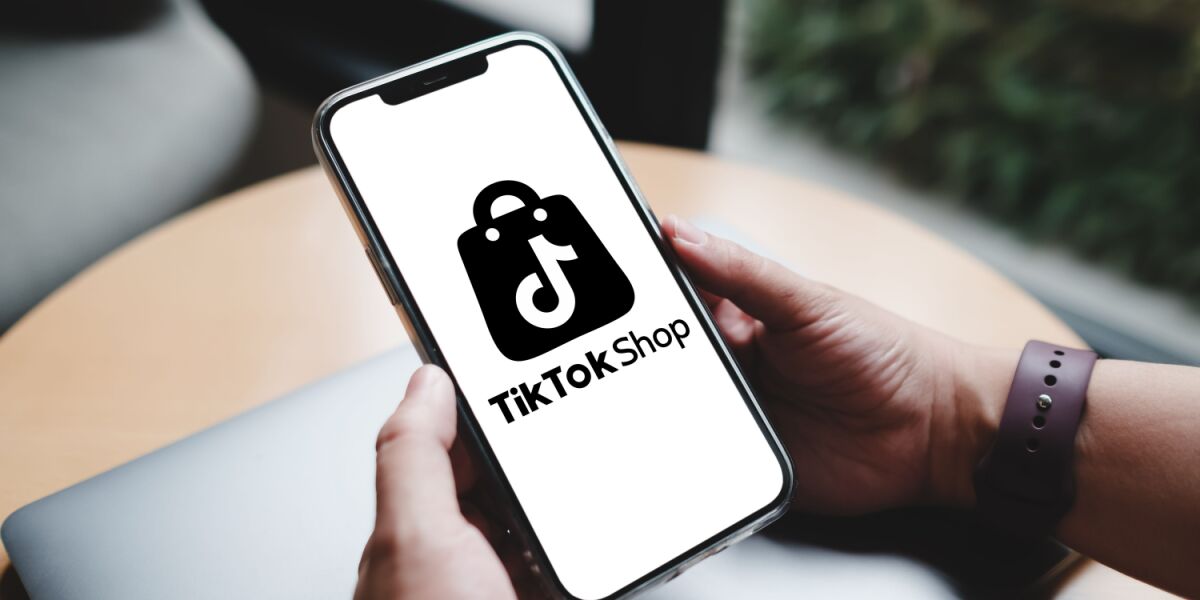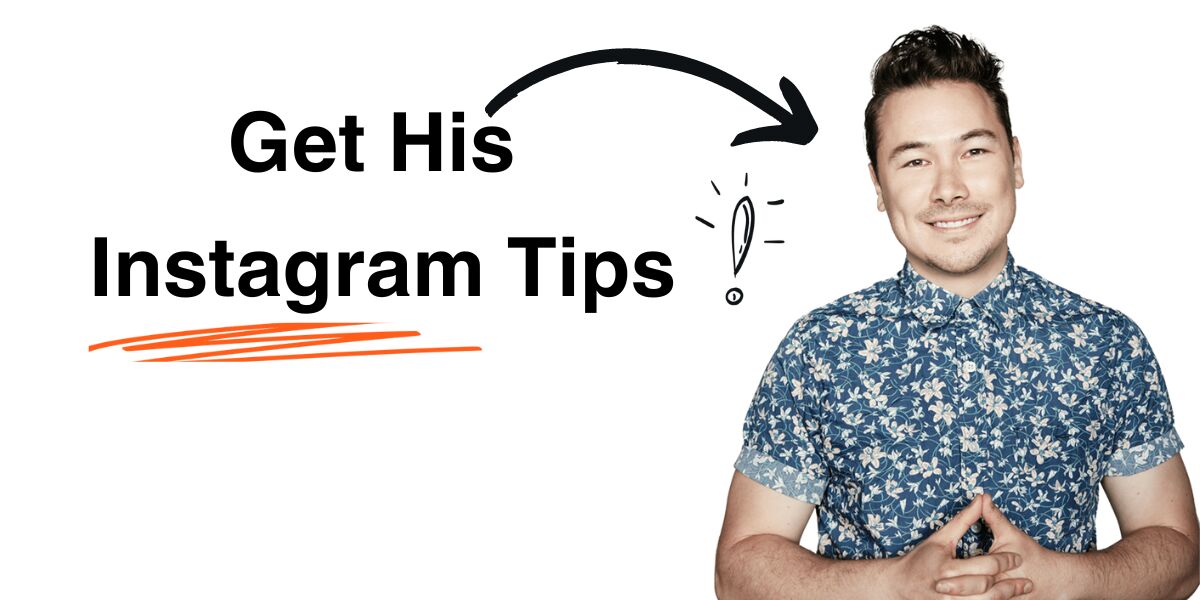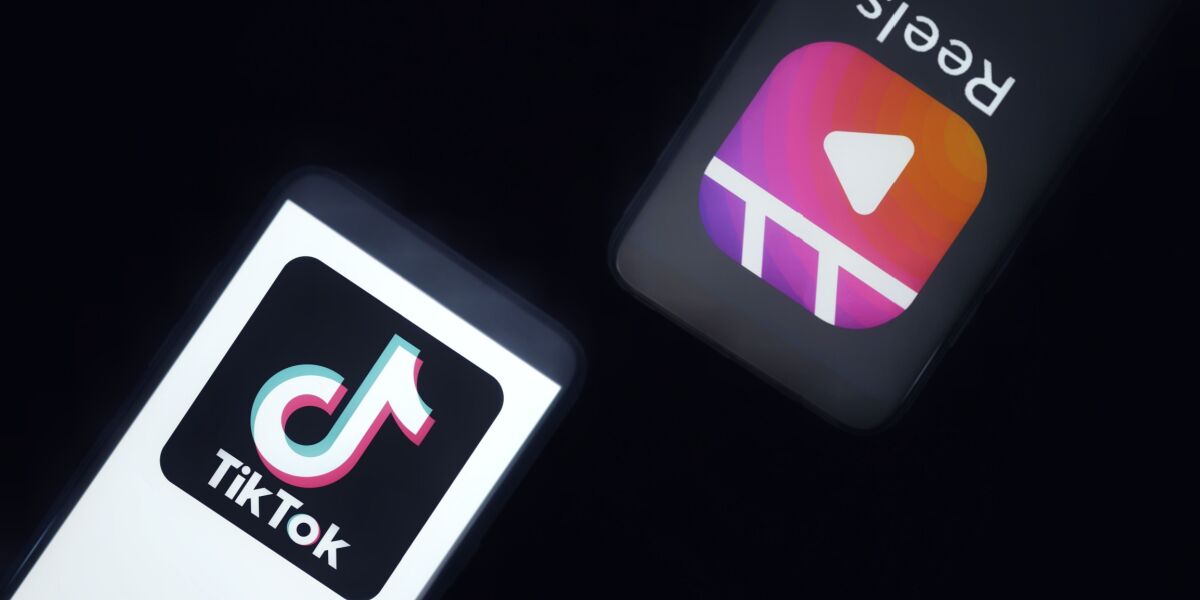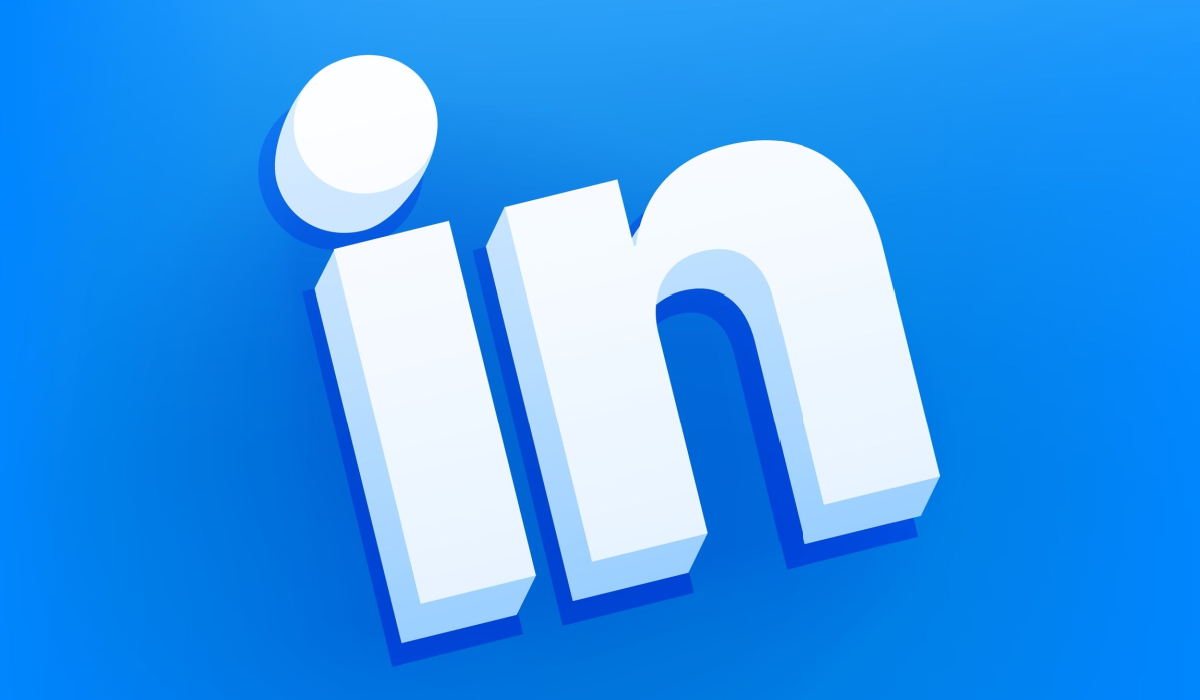Everyone knows about Google as a major channel for traffic acquisition. Its power is indisputable—billions of users and hundreds of case studies and statistics that prove the power of its organic traffic.
But what about YouTube? Could it help you drive new traffic and grow your business?
YouTube is, after all, the second-largest search engine in the world and the second-most visited site after Google. It’s also the second-largest social network, with over 2 billion logged in monthly users.
Just like with Google, if you could draw some of that traffic to your site, you could grow your business exponentially.
But is it worth investing in YouTube? What if you spend years recording videos with expensive equipment and never bring in any business? You want to avoid that problem and start your channel only if you know you’ll see a positive return on your investment.
In this article, we’ll help you determine whether your business should have a YouTube channel, and if so, how to take the first steps.
EXCLUSIVE FREE TRAINING: Successful Founders Teach You How to Start and Grow an Online Business
What YouTube Can Do for Your Business
Yes, YouTube has a ton of users. But quantity isn’t all that matters. Quality matters too—and YouTube has a lot of that.
People tend to respond better to video than other types of media, retaining 95% of a message consumed via video, compared to 10% when reading it in text. This means your brand message could be much more persuasive through YouTube than in a blog or social media post.
This doesn’t mean your YouTube channel will be all about your products—remember that it’s a place where people want to learn and be entertained.
You first want to use YouTube to position your company as an authority in your industry. Whether you have an ecommerce store, a software business, or a service-based business, you want to become known in your industry as the go-to reference.
One perfect example of a brand that has used YouTube to become an authority is BeardBrand, the industry-leading brand for beard care.
Their channel isn’t about their products; it’s about how to grow and maintain a beard. Once in a while they do add their products to their videos, but they add them in an authentic way that makes sense.
If you go to minute 9:45 in the above video, you will see that the hairdresser—who’s not a Beardbrand employee—recommends one of their products, but it’s so well connected to the video (and without jamming it down your throat) that it’s not annoying at all.
You can also use YouTube to generate leads, something that’s especially useful for service-based business owners.
Someone who’s done a great job of building a high-income consultancy business is Alex Berman, founder of X27. While most of his videos don’t have thousands of views—his channel is slightly above the 30,000 count—he’s reported many times that YouTube has been huge for his business.
At the bottom of every video, he shares a few links that lead you to his consultancy and to his courses.
Finally, you can directly sell your products or services through YouTube. According to one report, 72% of customers have indicated that they would rather learn about a product or service through video than by reading text. And according to Brightcove, 76% of users are more likely to buy a product online after watching a video.
Once again, this doesn’t mean you can go and spam your subscribers with your products. Rather, you can slip your products (or services) into your tutorials.
Remember that YouTube users want to be entertained. So it’s better to think about your channel as an educational or entertainment hub than a seminar where you do nothing but pitch your product.
One final note is that you can make money with YouTube ads. While this isn’t your main goal, it can be a nice side income to help you break even with your production and editing costs.
Don’t expect huge revenues, unless you have more than 100,000 subscribers. The current YouTube CPM model (cost per thousand impressions) varies a lot depending on your average watch time, your viewer session time, your industry, your engagement rate, and the country of your viewer.
Still, you can generate a few hundred dollars here and there from your channel—consider it a nice plus for your investment, not your main goal.
EXCLUSIVE FREE TRAINING: Successful Founders Teach You How to Start and Grow an Online Business
Should Your Business Start a YouTube Channel?
So it could be a big source of traffic and even direct income, but should you open a YouTube channel for your particular business? The answer depends on many factors.
Is Your Business Geared Toward Young People?
One thing that most YouTube users have in common is that they’re young. In the United States alone, 81% of people between ages 18 and 25 use YouTube. And over 50% of all the other age groups over 18 years old also use YouTube.
So when you create videos for YouTube, remember that most people who watch your videos will be young. Adapt your tone accordingly.
Most popular YouTube channels aren’t too technical (unless that was your specific audience)—they’re interesting, fun, sometimes shocking, and engaging. Keep that in mind when you create content for your channel.
Can You Teach What You Do to Your Audience?
Education is one of the biggest reasons people use YouTube, as a recent study done by PEW Research Center attests.
Based on this, we can conclude that if you can teach what you do to your audience, then YouTube may be a good channel for you.
This is the case for Foundr’s channel. Education is what drives everything we do at Foundr, and that includes our YouTube channel. If you check out our videos, you will see they are all education focused.
Many of our videos have done quite well for us, as tutorials are very popular on YouTube. You can find them on pretty much anything—cooking, designing, dancing, and yes, entrepreneurship.
But let’s talk about your business.
If you run a service-based business, then you can teach what you know. If you were a plumber, you could teach plumbing tips, like Roger Wakefield does in his channel (and yes, he does talk about 💩, so you know he’s a real plumber). If you were a masseur, you could teach massage tips.
If you run an ecommerce business, then you could talk about the different ways people could use your products as well as solutions to common problems people face in your industry, just like Gillette does on its channel.
The same applies if you run a software business. Many popular software tools like Hootsuite and Zoho have their own YouTube channels, and they seem to be pretty successful. We can only imagine the amount of business they’ve generated as a result.
One common concern held by service-based business owners is that if they teach what they do to their audiences, viewers may just do it themselves instead of hiring them to do it.
This fear is understandable, but shouldn’t be considered a real threat. The reality is that most people are just not interested in doing what you do. The vast majority of people do not want to do their own plumbing, gardening, or electric repairs. No offense, it’s just not worth the hassle if you don’t already have the skills.
Don’t be afraid to share 95% or even 99% of what you know—all it will do is build trust with your viewers and make them want to work with you.
Are You Willing to Invest Time and Money Into It?
Success with YouTube won’t come right away. It’s a time-consuming channel that requires a lot of patience and care.
The first six to 12 months of your new channel will see little traffic—unless you already have a big email list you can use to direct people to it. It will feel like you’re not making any progress at all and you may want to quit.
But it takes work. Check the subscriber count of any popular YouTube channel and you will see they all took years to find success.
In our case, we spent years publishing content and we got seemingly nowhere—but then, all of a sudden, we started to see massive growth. That was the case for us and is the case for most other YouTube channels.
That’s the bad news. The good news is that once you reach a certain threshold of subscribers—think anywhere in the five-figure range—you will see much faster growth.
What’s more, you don’t need a million subscribers—not even a hundred thousand to get leads for your business. Many small channels with a few thousand subscribers have seen a lot of growth thanks to the trust generated from their videos.
Remember the 1,000 true fans rule—you only need a thousand fans to build a business that can sustain you.
Understanding that success takes time, you will have to think in years, not months. If you need clients today, forget YouTube. But if you want to build a pipeline of clients for the long term, then YouTube could work for you.
The costs required to start a YouTube channel may seem a bit steep at first, but remember that they will last a long time, and pay themselves off. These costs include:
- Camera equipment
- Lighting equipment
- Audio equipment
- Editing software (or contractor)
- Branding materials (intro animation, background image, logo, etc.)
You may have to spend a few hundred (if not thousands) to get your channel up and running, but there’s a good chance it will cover its own costs over time. Still, if you think there are other marketing channels—think blogging, running a podcast, developing an outbound lead generation team—that will drive more leads in less time and with less money spent, then go ahead and use those.
But if you believe YouTube is a good fit for your brand, and you’re willing to put in the work and be patient, go ahead and get started!
Is Networking Critical for Your Business?
One benefit of YouTube that is often overlooked is that it allows you to network with other (often more influential) people in your industry. Whether that’s other companies and influencers from YouTube or just important people from your industry, YouTube is a wonderful tool for meeting and connecting with people.
You can use YouTube to interview experts, create a video with another channel (and thus leverage each other’s audiences), or just feature another person in your videos.
This benefit is mostly beneficial to freelancers and consultants who want to make a dent in their industries. You can even use YouTube as a tool to showcase your public speaking skills and become known (and even make money) from it.
Taking the First Steps
OK, convinced starting a YouTube channel is right for you? Why wait? We’ll get you started. It takes just a few easy steps. First, sign into an existing Google account, or create a new account dedicated specifically for your YouTube business account.
Then, go to YouTube’s homepage and click on the avatar icon within the top right corner of the screen.
Then, go to your channel list and click on “Create a new channel.”
Add your brand’s name and click on the “Create” button.
Now you need to add your branded material, like your logo and background image. Also, add some content to your “About” section. This will help you make a personal impression with your viewers as well as take them to your other social profiles or website.
There, you did it! Now, for more information on how to start your own YouTube channel, check out this post:
How to Start a YouTube Channel for Marketing: Tips, Tactics, and Best Practices from a Pro
Wrap Up
YouTube can be an incredibly effective marketing channel for small businesses. No matter what industry you are in—service-based, ecommerce, software—you can leverage the power of YouTube to reach millions and build a level of trust superior to other content types.
There’s a lot of sacrifice required to reach the levels needed to actually see any results, but if this article has shown you that YouTube fits your company, then the sacrifice will be worth it.
EXCLUSIVE FREE TRAINING: Successful Founders Teach You How to Start and Grow an Online Business


